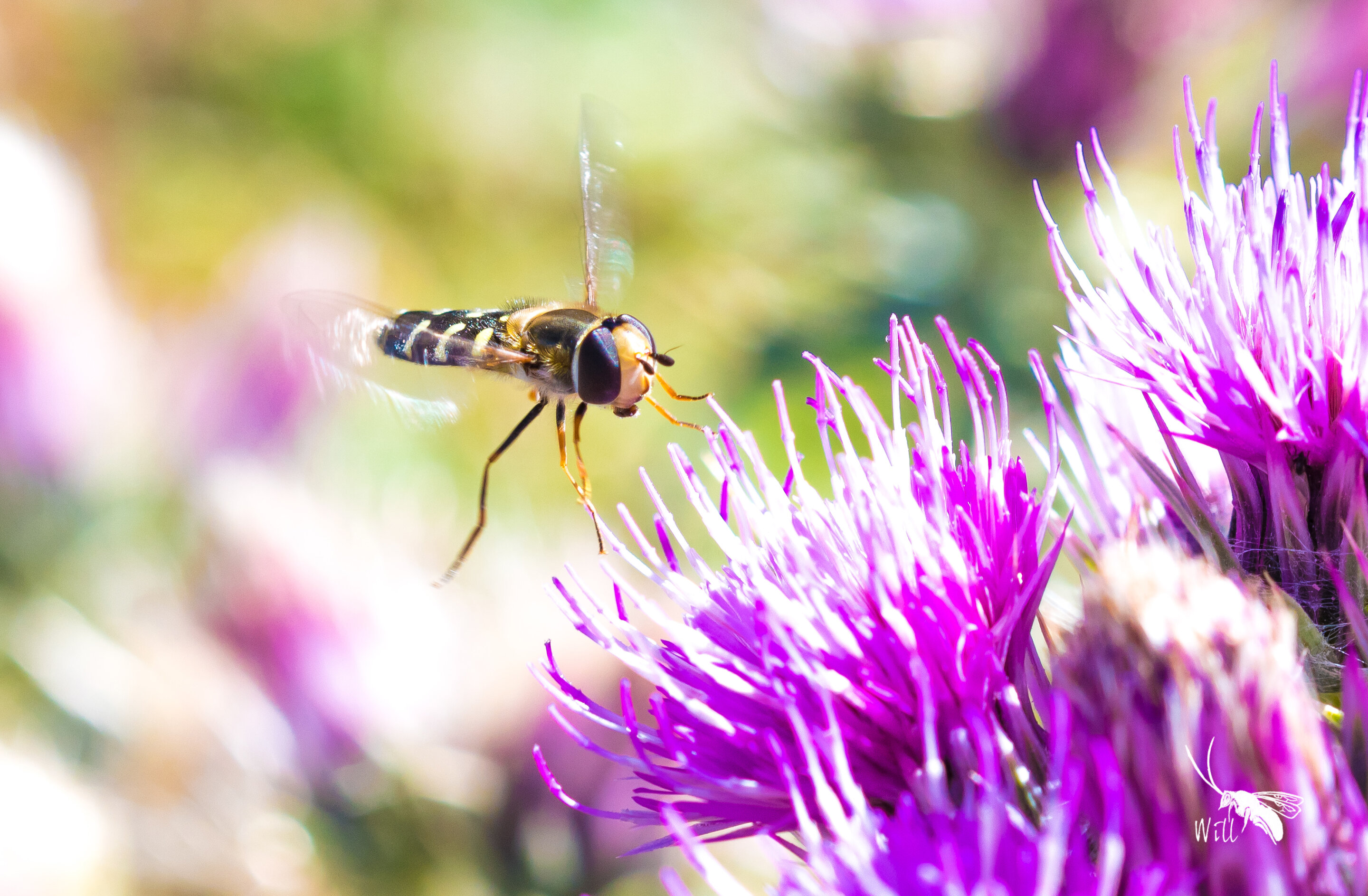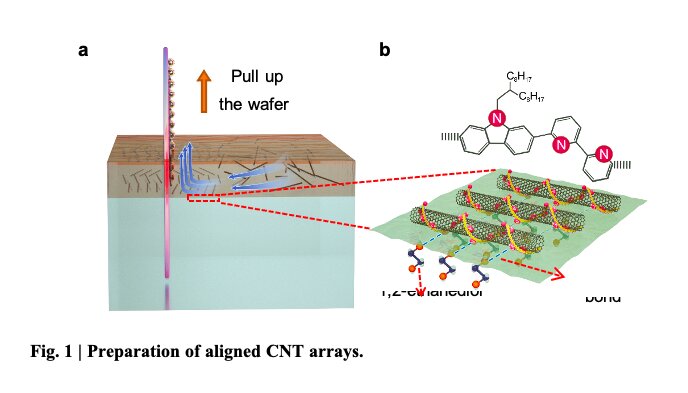#Hoverflies navigate using sun and body clock

“#Hoverflies navigate using sun and body clock”

Hoverflies use a combination of the sun and their body clock to navigate when they fly south for the winter, new research shows.
The insects keep the sun on their left in the morning, then gradually adjust to maintain a southward route as the day goes on.
Pied and yellow-clubbed hoverflies—which are important pollinators—spend their summers in locations such as the UK and Scandinavia, then fly to the Mediterranean and North Africa in autumn.
These migrations are known to happen on sunny days, but the new study—led by the University of Exeter—is the first proof of a “time-compensated sun compass” in hoverflies.
“Simply flying towards the sun would lead them south, but this would create a winding, inefficient route,” said lead author Richard Massy, of the Centre for Ecology and Conservation on Exeter’s Penryn Campus in Cornwall.
“Our study shows that hoverflies account for the sun’s movement using their circadian rhythm.
“Other animals, including certain birds and butterflies, are known to have this ability. Our work suggests that it has independently evolved across multiple insects.”
Researchers caught migrating hoverflies at a mountain pass in the Pyrenees.

The insects were placed in a “flight simulator”, which held them in place but allowed them to swivel freely.
The hoverflies could see the sun but not the ground (meaning they could not navigate using landmarks) and the results showed they headed south by adjusting their course based on the sun’s position and the time of day.
This was further tested by placing some hoverflies in an artificial lighting environment for several days to shift their body clocks, then testing their navigation.
With their circadian rhythm disrupted, their direction of flight shifted westward—supporting the conclusion that they navigate using a time-compensated sun compass.
Dr. Karl Wotton, of the University of Exeter, said: “Understanding how these insects navigate can help us predict their movements.
“This could be useful for conservation measures, such as limiting the use of pesticides at key migration times.
“Hoverflies are also important predators of crop pests such as aphids, so understanding their migrations could help us use them as natural pest controllers.”
The research team included the University of Bristol, and funding came from the Royal Society and the Natural Environment Research Council’s GW4 Doctoral Training Programme.
The paper, published in the journal Proceedings of the Royal Society B, is entitled: “Hoverflies use a time-compensated sun compass to orientate during autumn migration.”
Migratory hoverflies ‘key’ as many insects decline
Hoverflies use a time-compensated sun compass to orientate during autumn migration, Proceedings of the Royal Society B, rspb.royalsocietypublishing.or … .1098/rspb.2021.1805
Citation:
Hoverflies navigate using sun and body clock (2021, September 21)
retrieved 21 September 2021
from https://phys.org/news/2021-09-hoverflies-sun-body-clock.html
This document is subject to copyright. Apart from any fair dealing for the purpose of private study or research, no
part may be reproduced without the written permission. The content is provided for information purposes only.
If you liked the article, do not forget to share it with your friends. Follow us on Google News too, click on the star and choose us from your favorites.
For forums sites go to Forum.BuradaBiliyorum.Com
If you want to read more Like this articles, you can visit our Science category.




